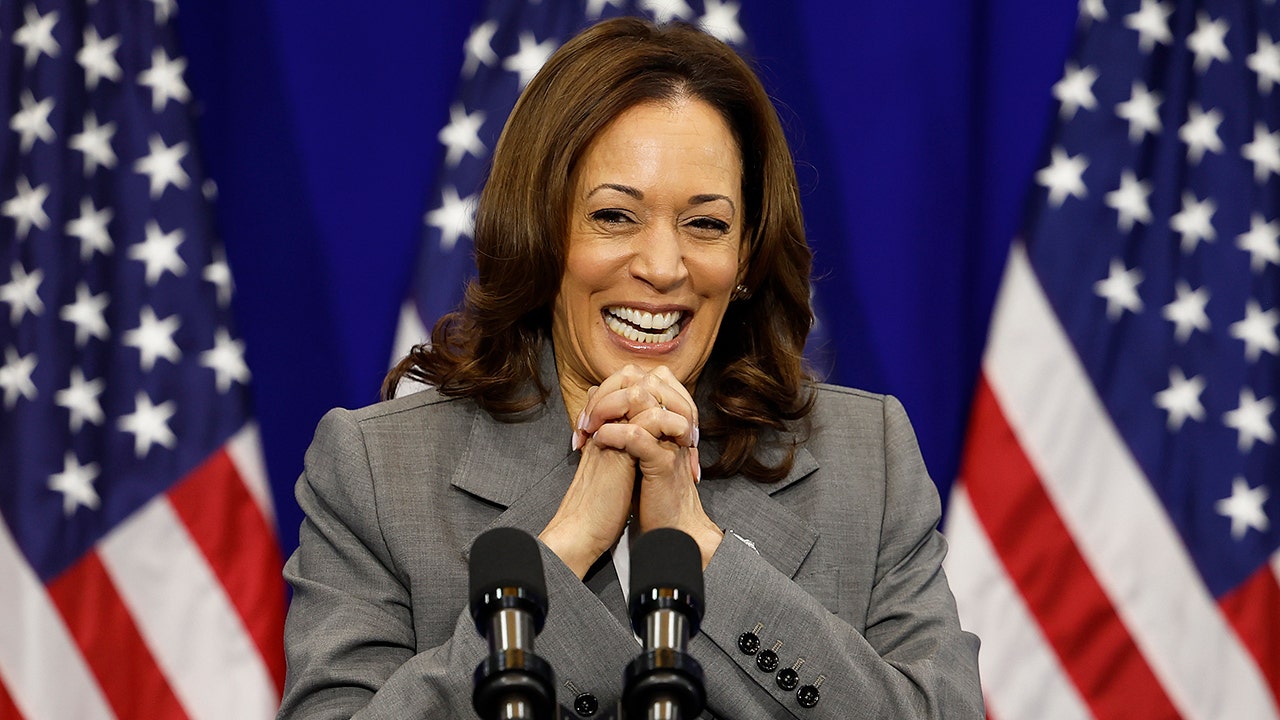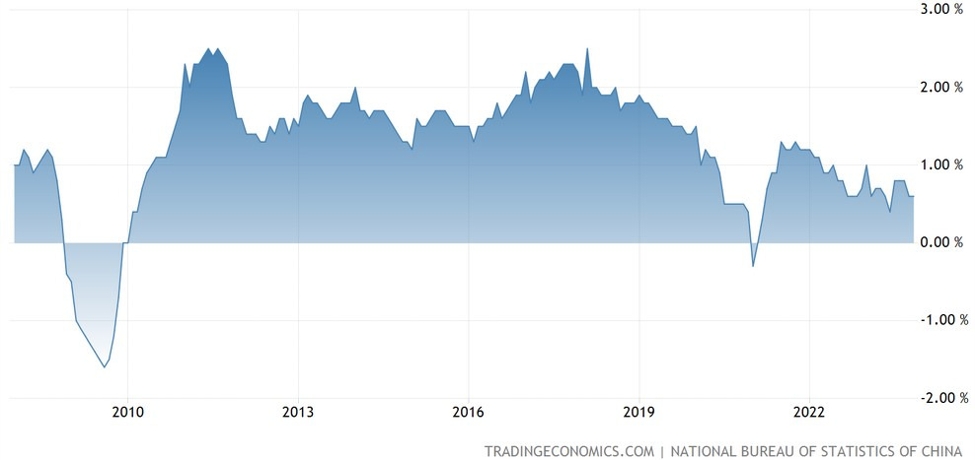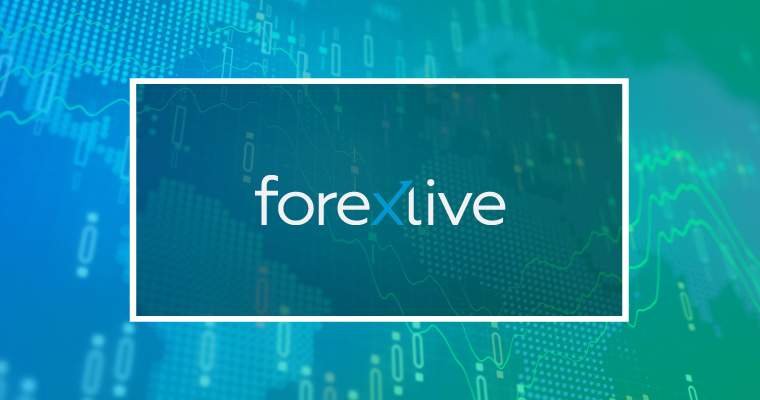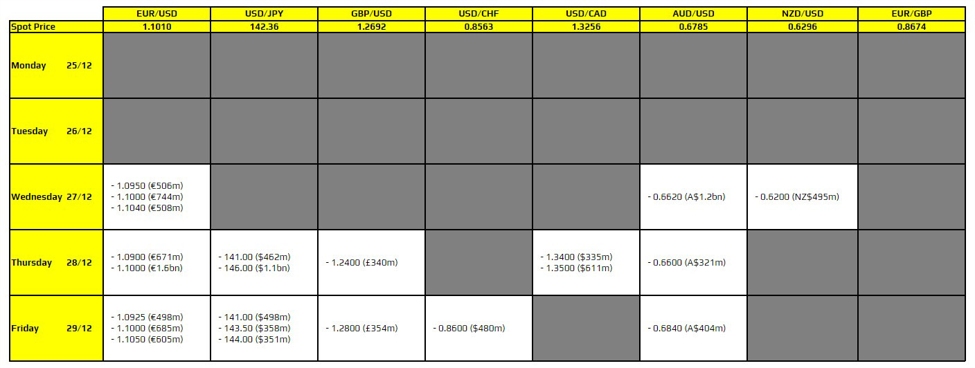The question and answer is over and Powell played it down the middle of the road.
Although the Fed Chair sees some slowing of the consumer and some employment “chinks in the armour” citing private employment, it is worth waiting on cutting. The economy is in a solid position. Recall the gains from last month in the jobs report were largely from government workers. The market will focus on that on Friday. The risks of inflation remain, with inflation still above the 2% target (even without tariff impact) and that the impact from tariffs is still unknown.
Powell took comfort in that they would get two sets of jobs and inflation data between now and the September meeting to assess employment, and inflation.
He did concede that the reasonable assumption is that the tariffs might be a one-off increase in prices, but he is not totally sure.
He said the Fed dissenters will state their case in the next day or so, and said that the reasons were clear. The discussion was lively and characterized the meeting as one the best meetings they have had.
Although the chair has concerns for the housing market, the best thing he could do for the housing market would be to get inflation down to 2% and strive for full employment. He said that the Fed does not have control over the 10-year yield or 30 year yields that impact mortgage rates.
The September expectation for rate cut went from 68% down to 49%. The expectation for October moved down from 83% to 69%.
The US stocks moved lower. The NASDAQ index was up around 100 points at session highs and it is currently down -55 points. The Dow industrial average is down -0.76% currently (it has been lagging). The S&P is down -24 points -0.39%
1. Economic outlook
-
The economy is in a solid position.
-
GDP and private domestic final purchases (PDFP) came in as expected.
-
Moderation in growth reflects a slowdown in consumer spending.
-
Consumer spending has been very strong in recent years but is now slowing to a healthy level.
-
Activity and housing sector remain weak.
-
GDP is hard to interpret due to swings in net exports.
-
There may be a minor stimulative effect from the tax bill, but not a major one.
2. Inflation
-
Inflation is above the 2% target.
-
Expects PCE to rise 2.5% and core PCE 2.7% year-over-year through June.
-
Inflation is running a bit above target even excluding the impact of tariffs.
-
Goods inflation is drifting away from target, but not very far.
-
Tariffs are starting to show up in some consumer prices and exerting pressure on some goods.
-
A reasonable base case is that this is a one-time increase in price levels, but that’s uncertain.
-
Most long-run inflation expectations remain consistent with the 2% goal.
-
Inflation risks exist on both sides: higher inflation and higher unemployment.
3. Labor market
-
Unemployment is low and remains in a narrow range.
-
A wide set of indicators suggests the job market is near maximum employment.
-
Job creation has slowed, especially in the private sector.
-
Demand and supply for workers are coming down at a similar rate.
-
There are downside risks in the labor market.
-
The breakeven number for job creation has come down.
-
The main number to watch now is the unemployment rate.
-
Totality of labor market data shows a solid market but downside risks remain.
4. Policy stance and outlook
-
Current stance of policy is modestly restrictive.
-
Powell believes the stance leaves the Fed well-positioned to respond in a timely way.
-
Monetary policy is not inappropriately restraining the economy.
-
No decision has been made for September; two employment and inflation reports are due before then.
-
The Fed is on track to wrap up its policy review by late summer.
-
Expects to have more data soon to better assess inflation and employment.
-
Will take incoming data, evolving outlook, and risks into consideration.
-
The Fed does not consider the cost to government of rate changes to preserve credibility.
5. Tariffs and external risks
-
Tariffs have added uncertainty and begun impacting consumer prices.
-
Uncertainty remains high, and Powell said “we still have a long way to go” in understanding tariff impacts.
-
Consumers and retailers will share some cost of the tariffs.
-
Trade negotiations are dynamic and unresolved.
6. Governance and communication
-
Powell supports clear explanations for dissenting votes.
-
Dissents from Waller and Bowman will be explained soon.
-
Differences in views are expected and normal.
-
Having an independent central bank has served the public well.
-
The Fed does not speak on the dollar—only the Treasury does.
-
Government data is the “gold standard” and essential for decision-making.
This article was written by Greg Michalowski at investinglive.com.















